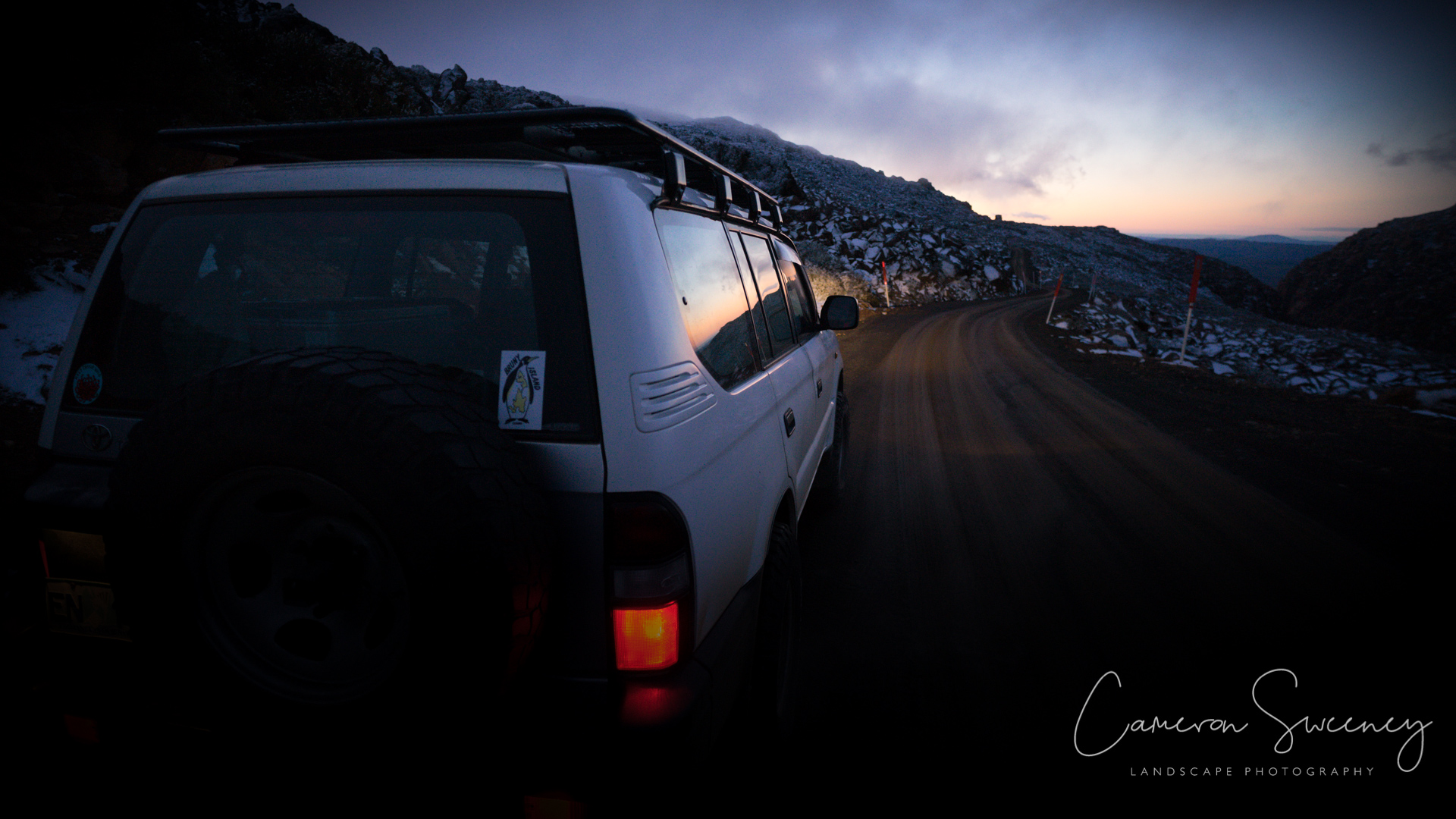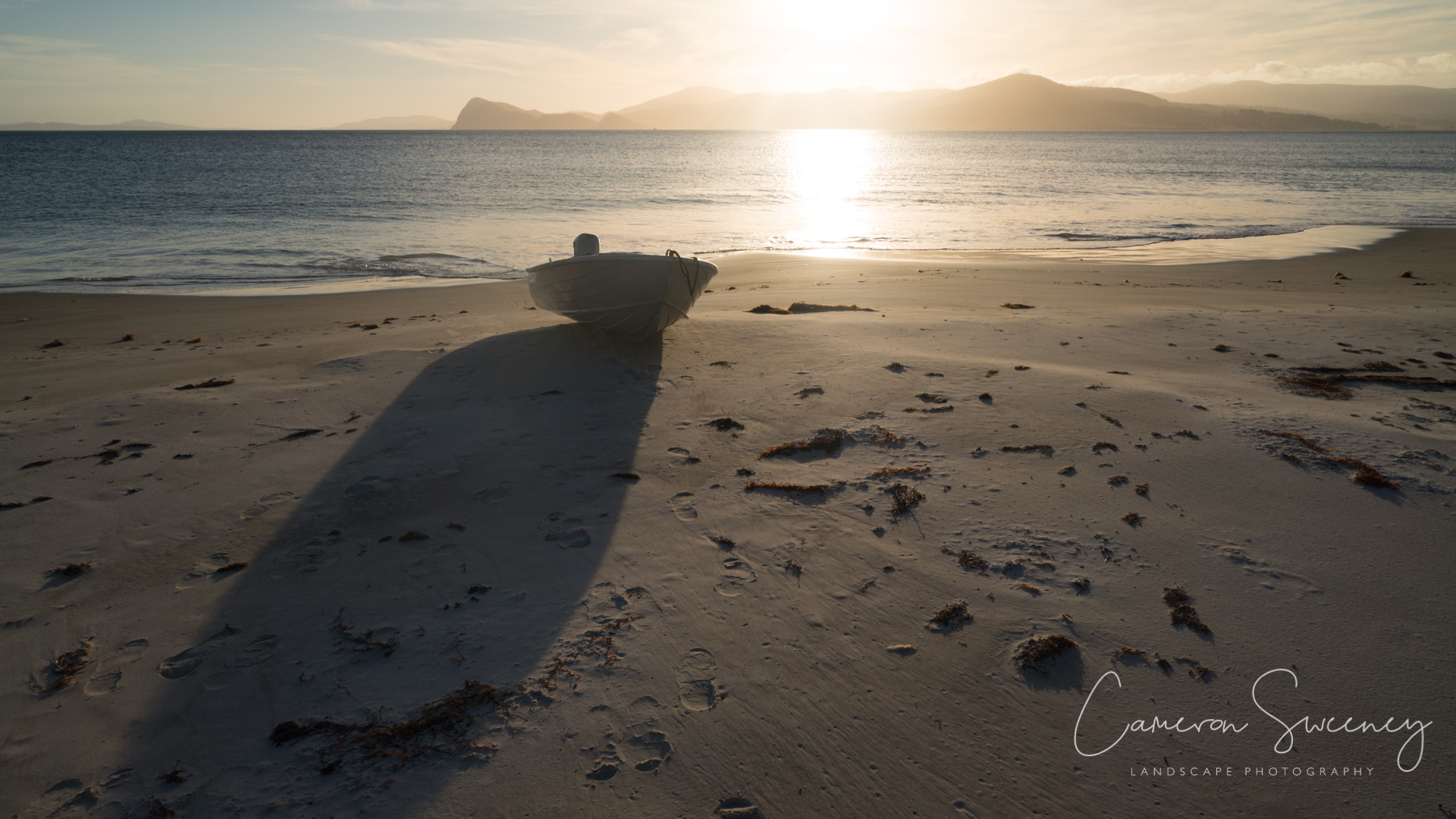I've held a strong passion for photography since graduating as a graphic designer in 2004.
Working as a designer for just under a decade, I held a successful career in senior roles, and I decided to take a 6-month trip around Australia in 2012.
During this trip, I started pursuing photography that kept some of my technical skills sharp, whilst documenting adventures and maintaining a creative outlet.
After I'd been living in Darwin for a few years, I noticed that I was starting to take significant adventures purely to take photographs.
Whilst working at Charles Darwin University, one job was to photograph the Prime Minister. This was a great opportunity however my passion is solely for the natural environment.
My 4WD was getting tired, so I bought a road/trail motorcycle, and began to explore and experience some truly amazing landscapes.
My philosophy has been to genuinely experience places that are difficult to get to. I wanted to build a body of work.
I began adventures like cycling from Darwin to Broome via the bungle bungles, and then cycling back along the Gibb River Road.
I was hooked.
I found a new understanding of my own physical and mental ability and I was now looking for work in places like remote cattle stations in The Kimberley.
This work, combined with other outdoor, physically demanding positions I had held whilst travelling around Australia, helped sustain the financial aspects of taking landscapes photographs whilst building a body of work. After 18 months in the Kimberley, I was ready to head back to spend time with family and friends in Tasmania.
When I arrived back in my home state of Tasmania, my ambition was to explore more of the Tasmanian wilderness and capture its natural beauty.
I found what I thought would've been the perfect job at Tourism Tasmania, in a role that I held at the University of Tasmania for 2 years prior to leaving in 2012.
Whilst writing the selection criteria for the position, another job caught my eye, it was a job building walking tracks - and I thought what better way to promote Tasmania whilst also exploring and helping to provide sustainable access for others to enjoy to our pristine Tasmanian wilderness.
After years in the north, I was the fittest and strongest that I had ever been, I applied and met with Geoffrey Lea (an outstanding Tasmanian Photographer and owner of Walking Track Services) the next day. I didn't send off the application for Tourism Tasmania position.
I was off to work in the Great Western Tiers.
Holding qualifications in design, and in 2021, graduated in data and environmental management, my recent career has been quite diverse due to a passion for photography.
Building walking tracks has been a great way to stay fit, earn some income and really get to know an area. I've been building tracks for over 4 years.
I enjoy landscape photography as it allows for high level technical skills to be combined with exploring beautiful areas.


